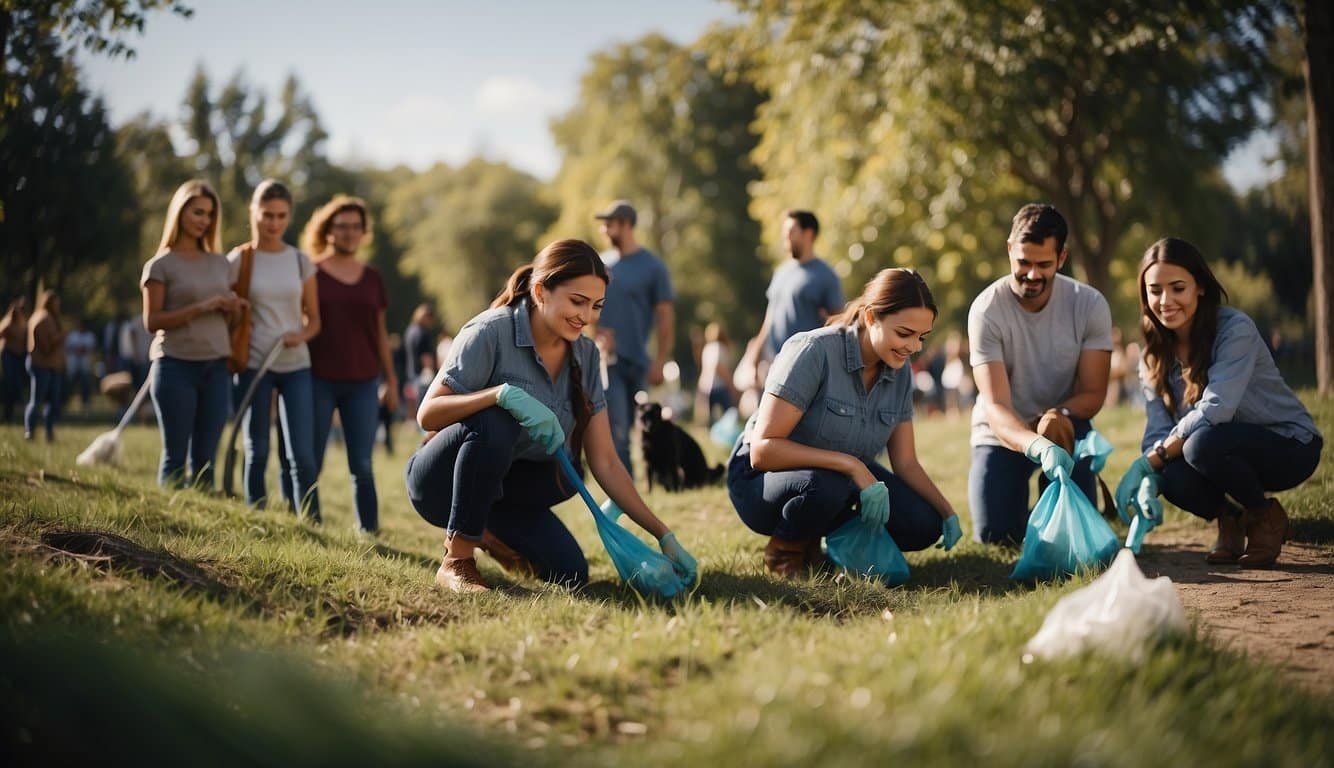Understanding Animal Abuse
Animal abuse is a complex issue that stems from a multitude of factors, involving various forms of neglect and intentional cruelty. This section delves into key aspects that help us recognize and understand the patterns and connections in animal cruelty.
Recognizing the Signs of Neglect and Abuse
Recognizing the signs of neglect and abuse is essential for intervention and prevention. Neglected animals often lack proper shelter, food, water, or veterinary care. Physical indicators such as wounds, patchy or matted fur, and visible ribs can suggest neglect or abusive conditions. Behavioral signs may include excessive fear or aggression that indicates trauma. Vigilance from observers often plays a critical role in identifying and helping abused animals. Early recognition leads to prompt action, which can alleviate suffering and save lives.
Correlation Between Domestic Violence and Animal Cruelty
There is a well-documented correlation between domestic violence and animal cruelty. Cruelty to animals in homes can be a red flag for domestic abuse; it is not uncommon for abusers to target pets to assert control or to emotionally manipulate victims. Initiatives that advocate for domestic violence awareness stress the importance of recognizing this link as part of a broader approach to prevention and intervention in violence against both humans and animals. Understanding this connection supports the dual goals of safeguarding human rights and animal welfare alike.
Legal Framework and Reporting

Navigating the complexities of animal welfare requires an understanding of legislation and a clear path for reporting abuse. This information empowers individuals to take action and contributes to the broader effort of protecting animals.
Animal Welfare Law and Cruelty Legislation
Animal welfare laws vary significantly across jurisdictions, but they serve a common purpose: to safeguard animals from harm and ensure that perpetrators of animal cruelty are held accountable. For example, certain acts of cruelty may be specified as felonies, offering a greater deterrent and more stringent consequences. Legislation may encompass everything from neglect and abandonment to physical abuse.
- Federal Crime: Extreme cases involving animal fighting or cruelty on federal property can ascend to federal crimes.
- Local Laws: Each state has its own matrix of laws reflecting a community’s standards, some of which include mandatory reporting of suspected cruelty by veterinarians or animal shelter employees.
For detailed guidance on welfare acts, the American Veterinary Medical Association provides resources on how these laws operate within the legal system.
How to Report Animal Abuse
If one encounters a situation of suspected animal cruelty, they are often unsure of the appropriate course of action. Reporting abuse promptly and accurately is crucial, and here are the steps one can take:
- Identify the nature of the abuse.
- Gather any evidence (photos, recordings, witness statements).
- Contact local animal control, law enforcement, or a nearby animal shelter.
Many jurisdictions have hotlines for reporting, and numerous agencies can be involved, from local animal shelters to law enforcement agencies. It is important to provide as much detailed information as possible to assist in the investigation and subsequent legal action.
Understanding the proper channels, such as the One Health, One Welfare approach, helps streamline the process and potentially saves animals from continued abuse.
Community Action and Prevention

Community action and prevention are pivotal in tackling animal abuse, focusing on the collective efforts that can be made at home and within society to protect pets, particularly dogs, and to reduce the risks that lead to animals being euthanized. These community-driven strategies encourage the humane treatment of animals and foster stronger legal and societal frameworks to support animal welfare.
Promoting Responsible Pet Ownership
Promoting responsible pet ownership begins with recognizing the commitment involved in bringing a pet into one’s home. This entails educating potential pet owners about the needs of their pets and the risks associated with the puppy trade, which often contributes to animal cruelty. By advocating for the adoption of shelter animals, organizations like the ASPCA and local humane societies help ensure that potential pet owners are prepared to provide a safe and loving environment. It translates into fewer animals in shelters and a reduction in the number of pets that are intentionally mistreated or neglected.
Support Systems: Adoption and Fostering
Support systems such as adoption and fostering programs are crucial for animals that have been rescued from abuse or neglect. By fostering a pet or adopting a shelter animal, community members contribute to the rehabilitation of these animals and potentially reduce the risk of them being euthanized. Adoption and fostering also provide shelter animals with the necessary social environment to learn respect and love, which is critical for their integration into a new and permanent home.
Education and Advocating for Change
Education and advocating for change are at the heart of prevention efforts. This includes teaching children respect for animals and the importance of advocating for strong animal welfare laws. Humane education initiatives and community programs can help animals in shelters by raising awareness about fake animal rescue videos on Instagram and other platforms, highlighting the real risk these animals face. The community can help animals by volunteering at shelters, donating to humane organizations, or simply by promoting messages of advocacy and respect through powerful tools like voting and social media. Through education and steadfast advocacy, everyone can play a role in preventing animal cruelty and contributing to a more compassionate society.

